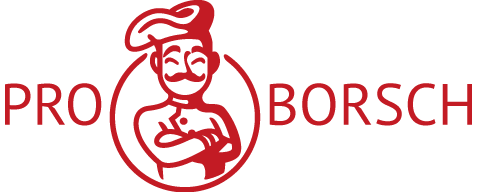Managing seasonal demand fluctuations in low-volume manufacturing presents specialized hurdles that stand in sharp contrast to high-volume production environments. Unlike mass production lines that can adjust output through robotic systems and bulk cost advantages, custom fabrication shops often rely on highly trained technicians, specialized fixtures, and adaptable processes. When demand dramatically increases during certain times of the year—such as harvest windows—these operations can become overwhelmed without compromising quality or stretching resources too thin.
One of the key approaches is proactive forecasting. Even in small-batch operations, past performance records can reveal predictable cycles. Reviewing historical order volumes, client purchase histories, and shipment records over several years helps identify the timing of peak periods. This allows manufacturers to anticipate needs through strategic procurement, team cross-training, and flexible staffing solutions well before the peak season begins.
Another critical tactic is building strong relationships with suppliers and subcontractors. In low-volume manufacturing, delivery windows for niche parts can be long. Maintaining open communication with vendors ensures they recognize your peak timelines and expedite your requests. Where possible, negotiating flexible contracts with buffer stock agreements or just-in-time delivery windows can provide essential operational flexibility during high-demand periods.
Workforce adaptability is just as vital. Cross-training employees to handle multiple roles enables teams to shift focus quickly when one area becomes overwhelmed. For example, a technician trained in both production and QA tasks can be redirected to critical zones. Scheduling preventive maintenance during off-seasons reduces the risk of unplanned stoppages when production pressure is highest.
Stock control must also be thoughtful. Holding overstocked materials ties up capital and increases storage costs. But depleting essential components at high demand can miss deadlines and erode client confidence. A balanced approach involves keeping buffer inventory for vital parts and using a real-time inventory dashboards to detect depletion trends.
Communication with customers is often neglected yet essential. Setting realistic delivery timelines for busy periods helps prevent disappointment. Offering early order incentives or staggered delivery options can smooth out demand spikes and give your team more control over workflow pacing.
Finally, ongoing optimization should not be put on hold during downtime. Use dormant cycles to evaluate performance against seasonal benchmarks. Record constraints, assess productivity metrics, and listen to operator insights. Incremental changes—including relocating a station or installing a better fixture can yield meaningful long-term benefits.
Navigating seasonal swings in custom manufacturing isn’t about competing with large-scale operations. It’s about responsiveness, planning, and people-first solutions. By anticipating needs, adapting workflows, and deepening vendor ties, even custom fabricators can navigate seasonal swings with confidence and アパレル雑貨 consistency.

Recent comments